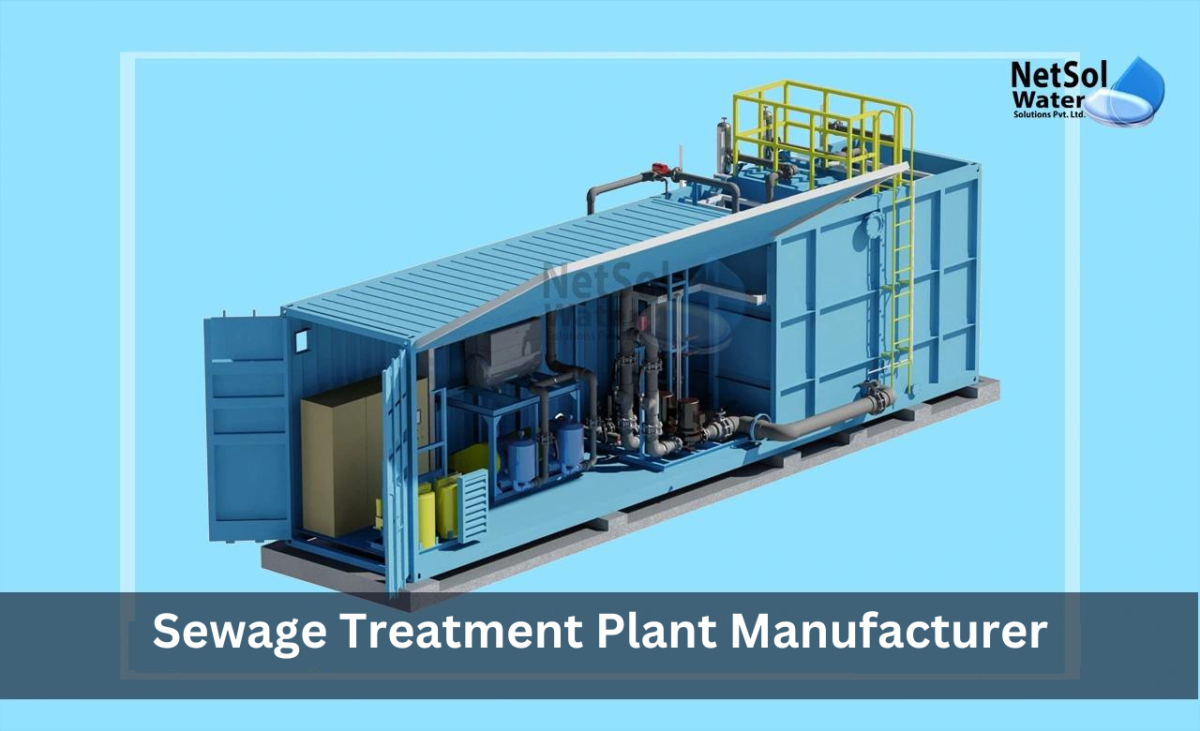Water is one of the world’s most valuable resources, yet it is also one of the most threatened. Rapid urbanization, industrial growth, and climate change are putting immense pressure on freshwater supplies. In response, a new generation of sewage treatment plant (STP) manufacturers is stepping forward—reimagining how cities, industries, and communities manage and recover water. These new-age manufacturers aren’t just building treatment systems; they are redefining what clean water means for a modern world.
A Shift From Treatment to Transformation
The traditional goal of a sewage treatment plant was simple: clean the wastewater enough to discharge it safely. Today, the expectations are much higher. New-age STP manufacturers focus on transforming wastewater into an asset. They design systems that recover water, reduce pollution, conserve energy, and integrate seamlessly into urban living.
This shift reflects a deeper understanding that wastewater is not waste at all—it’s a critical part of the water cycle waiting to be reclaimed.
Technology Leading a New Era of Water Innovation
Technology is at the center of this transformation. Modern STPs use advanced biological processes, automation, IoT sensors, and real-time monitoring to make wastewater treatment smarter, faster, and more reliable. Systems such as MBR and MBBR offer high-quality output while requiring less space, making them ideal for today’s dense and vertical cities.
With digital dashboards and AI-driven controls, operators can monitor performance, predict maintenance needs, and maximize efficiency. These technological upgrades reinvent how treatment plants function—turning once-manual facilities into intelligent water recovery hubs.
Water Reuse Becoming a Normal Practice
One of the biggest contributions of new-age manufacturers is their commitment to water reuse. Rather than releasing treated wastewater back into the environment, modern STPs allow cities and industries to use it again. Treated water can irrigate landscapes, recharge groundwater, cool machinery, flush toilets, or support industrial processes.
This shift reduces the strain on freshwater sources and makes cities more resilient during droughts or peak demand periods. Reuse isn’t just an alternative—it's quickly becoming a necessity.
Designs That Fit Into Modern Life
Today’s cities are growing upward, outward, and in every direction. Space is limited, neighborhoods are denser, and communities expect cleaner, quieter environments. New-age STP manufacturers design their systems to adapt to these realities.
Compact underground plants, odor-controlled facilities, low-noise equipment, and aesthetically designed covers allow treatment plants to blend into modern living spaces without disturbance. What once needed large open land can now fit elegantly into basements, podiums, or compact utility corners.
Building for Climate Resilience
As climate patterns shift, unpredictable rainfall, water shortages, and pollution spikes are becoming more common. Forward-thinking manufacturers design plants that can handle these changes. Their systems are flexible enough to adjust to fluctuating loads, high temperatures, or variable water quality.
This resilience ensures that cities and industries stay prepared—no matter how the climate shifts in the years ahead.
Sustainability Driving Every Decision
What truly defines new-age manufacturers is their commitment to sustainability. Their goal is not just compliance with regulations but the creation of long-term, environmentally responsible water systems. Energy-efficient aeration, reduced chemical use, low sludge production, and resource recovery are built into the design.
They understand that sustainable water management isn’t a trend—it’s a necessity for survival.
A Future Built on Collaboration and Innovation
New-age STP manufacturers rarely work alone. They collaborate with environmental experts, government bodies, architects, developers, and industries to create integrated solutions. This teamwork ensures that wastewater management becomes a vital part of urban planning rather than an afterthought.
Through partnership and innovation, they help cities prepare for a future where water scarcity and pollution challenges demand smarter approaches.
Conclusion
Clean water is being reinvented—not just by environmental policies but by the creativity, technology, and vision of new-age sewage treatment plant manufacturers. Their work transforms wastewater into a resource, makes cities more liveable, and supports a sustainable future for generations to come.
They are not just cleaning water; they are reshaping the way the world thinks about water itself.



